- No products in the cart.
Popis
Oil on canvas, 1927, 43 x 58 cm, oval, 68 x 83 cm with the frame
signed in the bottom left corner Emil Filla 1927
The highest achieved price for oil on canvas by Emil Filla on the Czech auction market: 19.5 million CZK, Adolf Loos Apartment and Gallery, Prague, 2010
The highest achieved price for oil on canvas by Emil Filla on the world auction market: 819 thousand €, Sotheby’s, 2017
Emil Filla was a great Czech pioneer of cubism already during his studies at the Academy, where totally conservative education predominated at the beginning of the 20th century. Therefore, Filla did not even finish it. After leaving the Academy, he researched in an almost Art-Historian manner the theory and practice of the fast-evolving painting in the West. He sensed the new Era of modern fine-art and commenced his own journey to freedom.
In the 1920s he in his work paid attention primarily to the theme of still life. These works were the follow up to his war period, when he had been forced to leave for Holland. There he gained inspiration for his cubistic forms also from the old Holland painting. He was creating puristic still life paintings, minimalistic in colour, composed from reduced shapes in a collage manner. Still life paintings, which came to existence only after the World War II, overflow with sensuousness, rejoicing over the colour and shapes, they give almost hedonistic impression.
This Still Life belongs to these also. In this oil on canvas the Author forgets the dogmas of cubism and he plays with all his visual tastes. When starting with cubism, he studied each painting as a template with a ruler and a pair of compasses – nevertheless, in the 1920s Filla´s painting is relaxed, virtuoso and much more sensitive than his paragons, Picasso and Bruqua. When using the expression, he always aims for a beautiful form. On this still life he, in a cubistic manner, spreads bottle-carafe, glass and the surface of the table and background; the fruit have a realistic appearance. The combination of strictness and joy, geometry and organic shapes, colours and black contours creates an unmistakeable and timeless work.
“Filla …. is a beautiful example of the seeker for new ways, pioneer yesterday and today a mature fine-artist, and the creator of a certain typical view at life and world,” theorist FG.X.Šalda wrote about him and one hundred years later we can only agree with him.
Emil Filla who is called the “Czech Picasso” by Vincenc Kramář, is considered to be the main representative of cubism in Bohemia. It is indisputable that Filla borrowed from Picasso the basic principle of his work, which, per Kramář, Filla enriched by sensuality and ability to penetrate to the real substance of this new fine-art opinion.
Emil Filla occupied himself with the genre of still lives mainly during his forced stay in Holland, where he left together with his wife, after the World War I started. The matter-of-factness of the Holland painters of the 17th century was – for Filla – the expression of the ability to find great and noble in the small things, the ability to give these a transcendental shine. In Holland, the “thing” became an impulse for Filla for synthesis of the cubistic fine-art formula with the spiritual background of the Holland still life and, most probably, it was his experience from the Holland fine-art that made Filla to build the theory of matter-of-factness, and that led him to the interest in the reality. After he came back to Bohemia, Filla started in the years 1922-23 to paint realistic landscapes from the Turnov area and still lives with only slight cubistic deformations.
As of the second half of the 1920s, we can follow in Filla´s work the growing influence of the stream that is called by Vincenc Kramář the pure artwork. This term became the important characterisation concept for the fine-art of the 1920s and mainly 1930s, when the design understanding of the image, dominating of the painting introduction and composition over the objects was emphasized. Filla was influenced by this stream, still, he did not give up the reality on which this “pure artwork” was based. Filla reconciled the cubism that was coming back to the realistic rails with the stream that was based on copying the object by emphasized colour on the background of rich iconography. At this time, Filla painted a number of, mostly small, still lives, often with a glass, bottle, cup or a lemon, where the emotive usage of the thick colour paste outbalanced.
Changing the light and the shadow is as characteristic for Filla as the clear black contour framing distinctive coloured areas that were created by thick robust layer of oil paint. The application of the texture of light and dark colour stains on dark or light foundation in the background of the objects of this still life, the insertion of the ornamental motifs of sun to the pitcher and of the violin to the jar with the little cock on the top, categorizes this artwork to the group of Filla´s poetic still lives from the years 1922-1927.
Always, when Fillas work appears on the Czech auction market, the records of price for a sold painting grow. However, Fillas paintings are valued not only on the local market, in the world scale there is a considerable interest in them also.
Další informace
| Autor | |
|---|---|
| Období | |
| Místo vzniku | |
| Rok vzniku | |
| Kategorie | |
| Technika | |
| Téma | |
| Signováno | |
| Rozměr díla | |
| Rozměr kresby díla |
Pro přidávání recenzí se musíte nejdříve přihlásit.



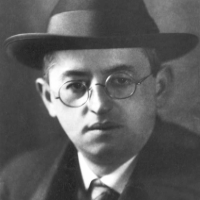

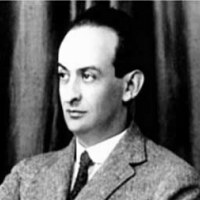


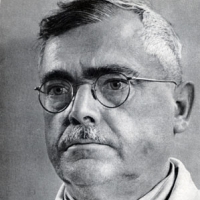
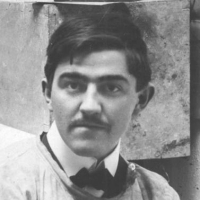
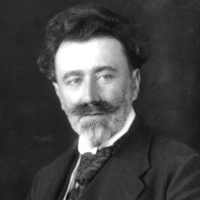
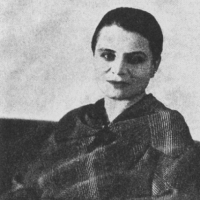

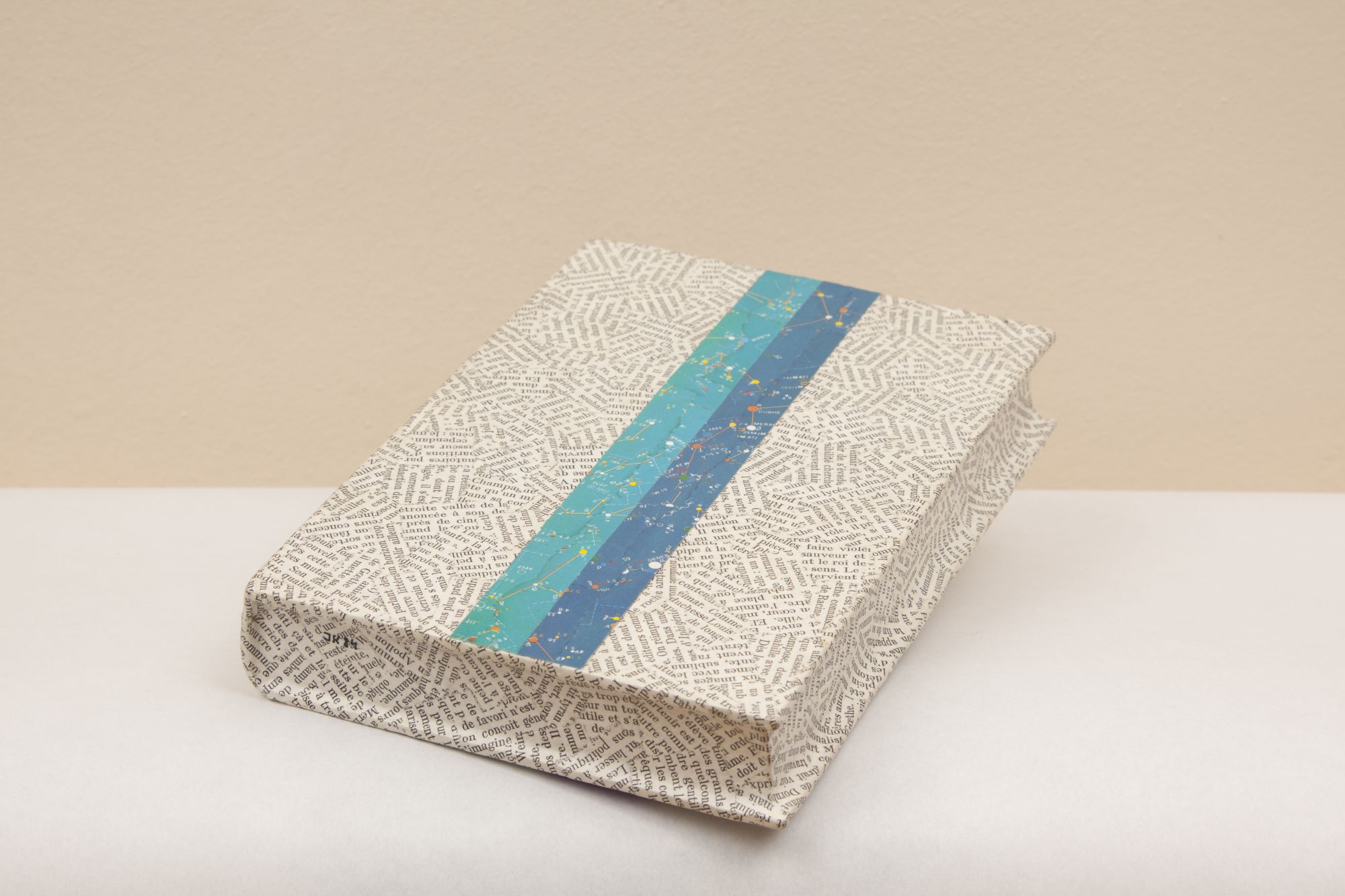
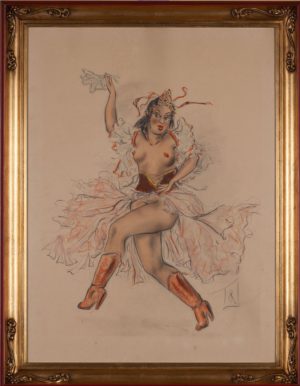



Recenze
Zatím zde nejsou žádné recenze.